There are a lot of great books on the market these days that deal with Street Art, and the past handful of years has seen upsurge in their popularity, mirroring the ever growing fascination that people have with the artists that participate.
From small print runs of artist designed books, such as Dabs Myla’s recent Super Smooth, to the release last year of the impressive history of Melbourne graffiti, Kings Way, Australian publications are on the rise, from magazines to blogs, media features and books, it is these communicative devices that are simultaneously pushing the art form further into public perception, as well as documenting its history. It comes as no surprise either, that there are yet even more publications on the way later this year, which will continue adding historical-as-present images, words and practices to the wealth of information available.
Having successfully kept the Street|Studio project under wraps for a surprising amount of time, Alison Young, Timba Smits, Ghostpatrol and Miso are ready to unleash their creation onto the shelves – with what is sure to become as important a work of documentation as any other. Focusing primarily on ten prominent Melbourne Street Art creatives, including Niels (Nails) Oeltjen, Tom Civil, Tai Snaith, Ghostpatrol, Ash Keating, Al Stark, Miso, Twoone, Mic Porter as well as the Everfresh Crew, Street|Studio takes a metaphorical magnifying glass to the artists, and delves a little deeper into the processes behind their work, as well as their gallery practices.
Thankfully, even given their busy schedule before launch, both Miso and Alison were happy to sit down and answer a few questions about the book, and give us a better glimpse into the nature of its coming pages …
What was the impetus to begin putting the book together in the first place, and what brought you all to the table to do so?
Miso: To begin with, Thames & Hudson approached us to do a book about anything we’d like. It seemed pretty natural that we made it about the artists in the book, and invited Alison and Timba to be a part of it too. I think we all felt like there were enough ‘introduction to…’ street art books, and thought it would be nice to make something that talked about street artists and their gallery practices a bit more substantially. So, it was nice that we were all on the same page from the start – with our interviews, Alison’s essay, and Timba’s layouts.
Alison: I’ve known Miso and Ghostpatrol for a few years, and when they invited me to be part of the book project I said yes immediately. We’ve had lots of conversations about street art in Melbourne – what makes it distinctive, what people are working on. The book seemed like a great opportunity to share those conversations with other people.
What were the most difficult aspects you faced when putting together the book, and what were some of the challenges you faced in getting it ready for print?
Miso: Timba, our graphic designer and dear friend, moved to London halfway through the project. So there was a lot of staying up super late and getting up super early on both ends to work on the book. Both cold and grumpy and sleepy, logging on to e-mails and keeping each other up and drinking tea after tea working it all out. Matching bags under our eyes.
Alison: I think we were all incredibly optimistic about the timeline, when we started the project, which meant that we ended up under a lot of pressure to meet our own deadlines, resulting in a bit of stress along the way! It’s also incredibly hard to coordinate the availability of four separate people, who each have other work commitments and projects, so it often felt like a massive juggling act…
There is an amazing ensemble of artists featured in the book, representing a variety of different styles and concepts – in terms of representation, do you believe these artists help to convey the diversity that is Melbournes scene?
Miso: We hope so! It was really difficult to pare down the artists finally featured in the book. The idea was to show how diverse Melbourne is, but also how diverse the ‘street art’ spectrum can be, and all the different ways artists approach their gallery practices in respect to that.
Alison: There were lots of difficult choices made along the way, but in the end I think the book features an amazing group of artists who have very different techniques and projects, but who all share a love of Melbourne and a commitment to making art in this city.
These days, there are many artists who you would traditionally find working on the streets increasing their presence within the confines of a gallery – how do you believe this direction impacts on the work being produced back on the streets?
Miso: I feel like the point of this book is to break that idea up a bit. I think it’s often simplified that ‘street artists’ work on the street, and thus gained the notoriety to be invited to show in gallery spaces. Many of the artists in this book had been showing in galleries for just as long, if not longer, as they have been putting work out on the streets. It’s not such a simple move as that. I think that too often, people tend to see it as a one-way progression.
Alison: The relationship between the street and the studio has been an incredibly productive one for the artists featured in the book, and we wanted to show both the tensions and the possibilities that arise when artists move between the street and the studio.
What do you believe it is about the City of Melbourne that engenders such a passionate street art community?
Miso: It’s a city big enough to get away with having a huge and diverse art scene, but small enough that people can keep up with it. I think that applies to a lot of other creative communities here too, not just street art. The cheap rents in alleyways and hidden spots help too – people become used to seeking out places and art for themselves and sharing them with friends, and the artists take a lot from that.
Alison: Melbourne’s geography helps to foster street art, in the sense of providing lots of places for people to put up work in interesting locations, and Melbourne on the whole has a population who enjoy the idea of discovering art in the streets as part of the everyday urban experience …
For a hell of a lot more information, check out what we think is one of the cleanest and coolest book launch site we’ve seen in a long time, at the official Street|Studio website.
Check out the event details here and on the Street|Studio website.



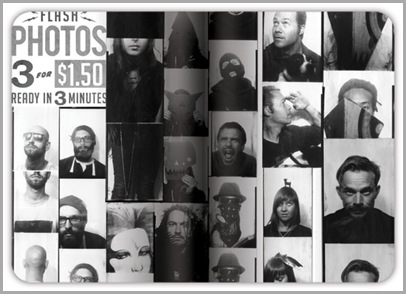
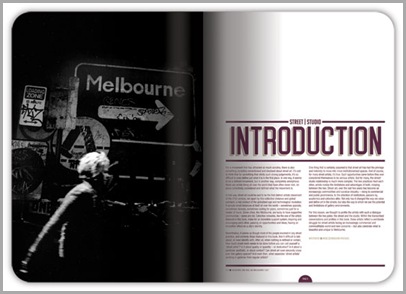
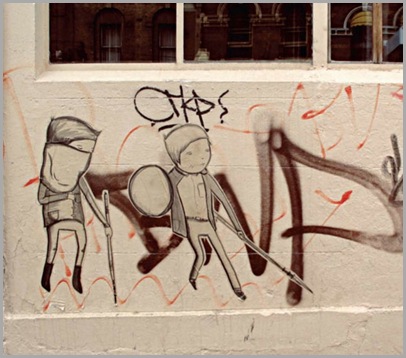
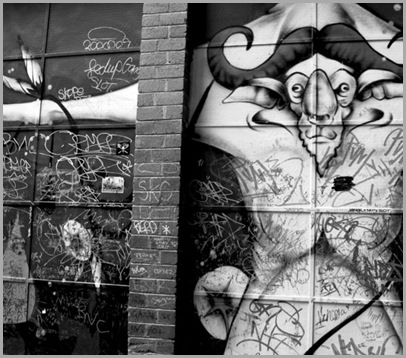
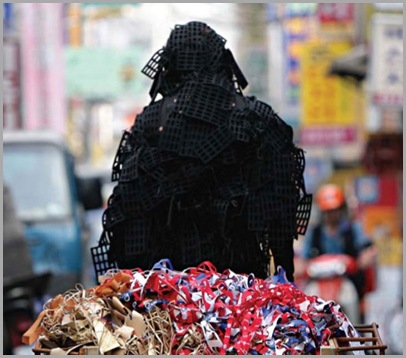
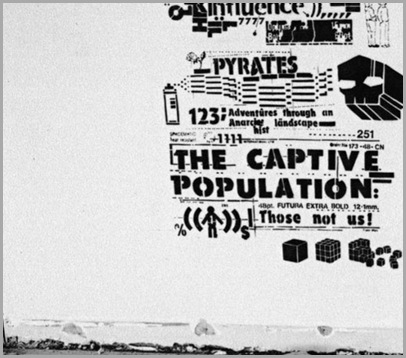
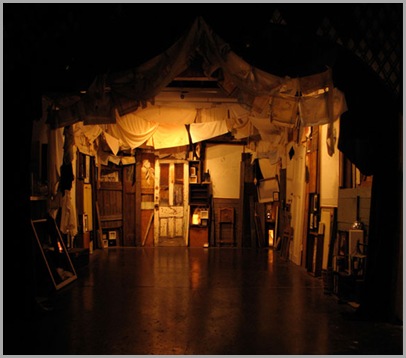









Leave a Comment
Your email address will not be published. Required fields are marked with *